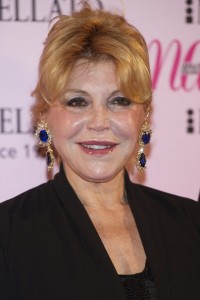Charles Young, the former chief executive of the Museum of Contemporary Art, has urged the institution’s influential life trustee Eli Broad to remove museum director Jeffrey Deitch.
That’s from a story by Jori Finkel in the Los Angeles Times this morning. Young is a former chancellor of UCLA — no slouch.
Perhaps Deitch didn’t know what he started when he forced the resignation of Paul Schimmel — though he should have — but Broad, who has played hard ball in the business world with the best, should have known. They must have underestimated Schimmel’s support system and overestimated Deitch’s.
More the the LATimes:
[Young] questioned Broad’s “support for Jeffrey, when many about you are no longer willing to give him any credence as a Director of a world-class museum, indeed believe his tenure is likely to take MOCA into the abyss…”
Young’s friendship with Broad didn’t prevent him from saying:
“I hope that the four-alarm fire now enveloping MOCA has at least given you pause for thought about his appointment and your continued attempts to try to save him for a job for which many (including myself) believe he is unqualified…The resignation of dedicated, long-term trustees, and especially four highly respected artists of international acclaim should bother you, David [Johnson], Maria [Bell] and the other continuing members of the Board. The question is ‘What is now to be done?'”
This could be the beginning of the endgame.






